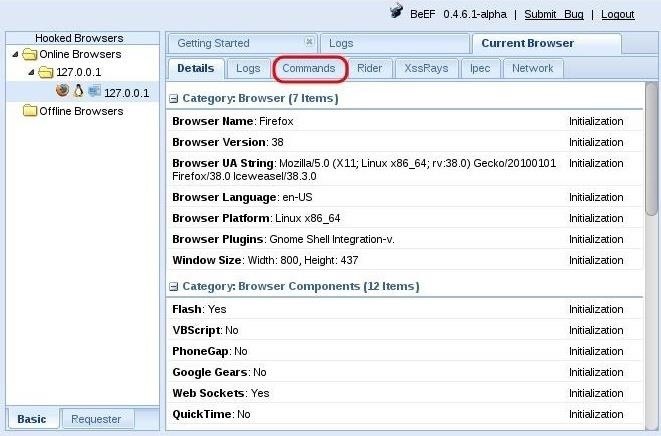Firefox extensions enable users to customize Firefox with additional features. Generally, Firefox extensions are free, open-source, and easily downloaded as.xpi files. This article explains how to hack Firefox extensions of the.xpi variety. There are many reasons why someone would want to hack a Firefox extension — examples include: editing code, debugging errors, and learning extensions. This hack method requires a web browser, zip utility, and your favorite text editor.
Step 1: Secure an extension By default, the Firefox browser will cache and attempt to install any ' extension.xpi' file it encounters. Once Firefox installs the plugin, it becomes much more complicated to hack. Therefore, it is best to save an offline copy of the extension. This is easily accomplished with a browser such as IE that does not automatically install the extension, but rather provides an option to save a copy. With IE, simply right-click the extension.xpi link and ' Save Target As.' Regardless of the method, the point here is to secure a local copy of the extension.xpi file.
Remember to make a backup copy. Step 2: Initial extraction Once you have a willing extension.xpi file, open it with a zip utility and extract the files into some directory, say, ' /xpicontents/'. Within the /xpicontents/ directory there should be at least a ' chrome' folder, an ' install.rdf' file, and a ' licence.txt' file. Certain extensions may include additional and/or different files or folders. Nissan consult ii software. If anything looks too unfamiliar, extrapolate the method or find a different extension to use as you follow along. Step 3: Editing the.rdf file At this point, you have everything needed to edit the install.rdf file. Simply open the file in a text editor, make/save changes, zip the contents of /xpicontents/ into a new file, and change the file extension from.zip to.xpi.
Jan 22, 2016 - Hacking PDF for translators Translating PDF files when they are protected with a. These language variants/plugins know more fonts and more. May 23, 2018 - While the WordPress open-source CMS is managed by the WordPress. And attackers can easily upload a ZIP file with the malicious code that then gets sent to each site. Hacks have been happening for a week. Malware, breaches, vulnerabilities, exploits, hacking news, the Dark Web, and a few more.

On the other hand, editing virtually any other aspect of the extension — JavaScript, CSS, (X)HTML — requires further digging. Step 4: Hacking the.jar file Located within the chrome folder, the ' something.jar' file contains a variety of files, including JavaScript, CSS, (X)HTML, etc. Most extension editing will ultimately find its way to one of the files contained within the extension’s.jar file.
So, to begin, rename the something.jar file to ' something.jar.zip'. Then, using a zip utility, open the something.jar.zip file and extract its contents into a unique directory, say, ' /jarcontents/'.
Within the /jarcontents/ directory there should be at least two folders, ' content' and ' skin'. Now, dive into the contents folder (or the skin folder, if needed) and edit, hack, and tweak the files to your heart’s content.
Step 5: Repacking the extension After the necessary edits have been made, it is time to put humpty back together again. The first step is to replace the original contents of the something.jar.zip file with the freshly edited contents. To do this, select both content and skin folders (or whichever contains the edited material), right-click and add the selected folders to the something.jar.zip file located within the /jarcontents/ directory. Then, rename something.jar.zip back to something.jar. At this point, you are ready to (re)package the chrome folder, install.rdf file, and license.txt file into a new.zip file, which we will call ' hacked-extension.zip'. To do this, simply select all three items and zip them into a new file named hacked-extension.zip. Finally, rename hacked-extension.zip to match exactly the name of the original extension, extension.xpi.
Step 6: Installation and testing Once the necessary edits have been made, it is time to install the extension. Open Firefox, drag-and-drop the extension, and click OK to install. Restart Firefox, activate the extension, and check its functionality. Lather, rinse, repeat. It may be a good idea to test the hacked extension under a variety of different user conditions.
At this point, it’s entirely up to you. You may also want to save a copy of the original extension together with your hacked extension along with a few notes, just in case.